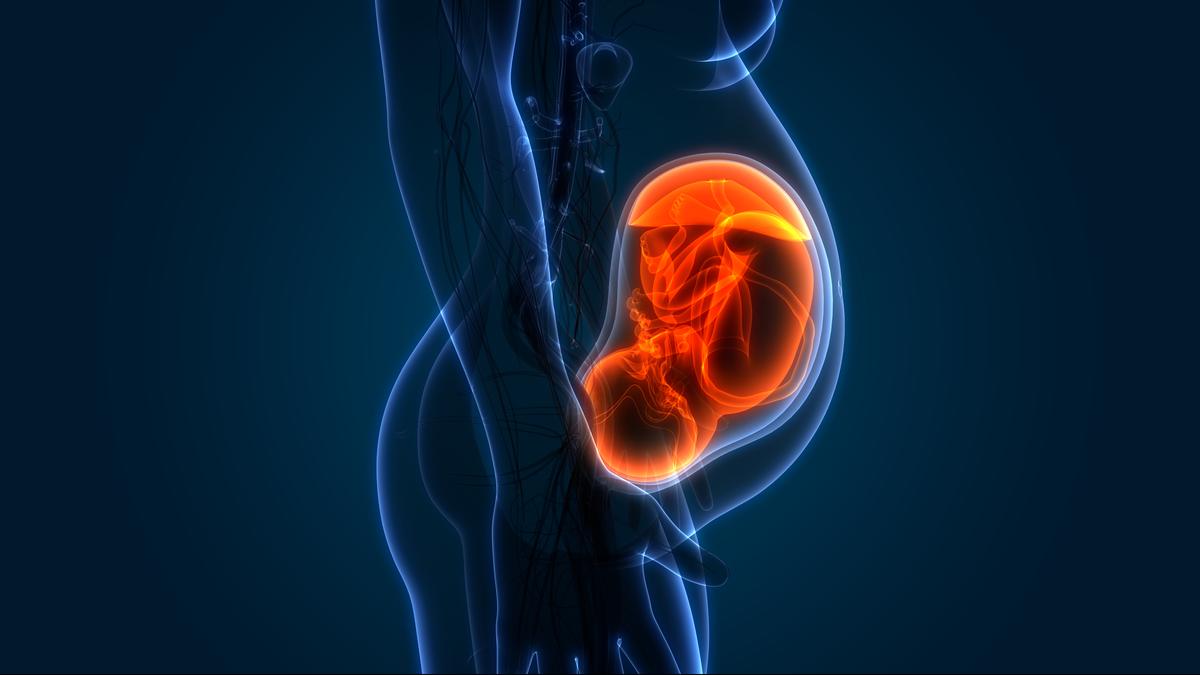Robot wombs and real progress of fertility treatments

IN NEWS: Robot wombs and real progress of fertility treatments
ANALYSIS
- Research on artificial wombs, though ongoing for years, is still far from being able to gestate and nurture a full human pregnancy. Current claims about “pregnancy robots” or fully functional artificial wombs remain unverified or are often misinformation.
- Previous scientific attempts include engineering endometrial tissue and creating artificial womb models to mimic implantation, but all have been constrained by ethical limits such as the 14-day rule for embryo growth in laboratories.
- Experiments internationally have demonstrated partial success, such as growth of mouse embryos in engineered tissue, goat foetuses in prototype wombs in Japan, and even artificial wombs experimented with sharks in New South Wales.
- Considerable progress has been made in uterus transplantation. Since the first successful baby born from a womb transplant in 2014 in Sweden, approximately 135 transplants and around 65 resulting births have occurred globally, including in India.
- In India, medical institutions such as Galaxy Care Hospital have achieved successful uterine transplant births, making India part of the global group advancing fertility treatment possibilities.
- Present use of artificial womb technologies is limited to supporting extremely premature babies using bio-bag systems that mimic amniotic fluid and provide oxygen and nutrients via artificial placental attachments.
- Parallel research is also ongoing in producing eggs and sperm from stem cells, potentially transforming assisted reproduction pathways.
- Ethical and social consequences remain significant: questions include the future of motherhood and fatherhood, the potential emergence of womb banks, and the impact on current surrogacy models.
- Extreme scenarios raised by ethicists include artificial wombs making sexual reproduction optional and altering family structures, although such applications remain speculative and distant.
- The scientific consensus remains that while artificial womb research is advancing incrementally, full gestation outside the human body is still hypothetical and bound by strict scientific and ethical limitations.
STATIC PART
- The 14-day rule is an internationally adopted ethical limit prohibiting the growth of human embryos beyond 14 days in laboratory settings.
- Uterus transplantation is a relatively new fertility treatment where a healthy uterus is transplanted into a patient lacking a functional womb; it is still classified as an experimental procedure.
- Artificial womb systems aim to replicate key physiological functions of natural gestation, including amniotic fluid environment, nutrient exchange, and placental oxygenation.
Updated – 30 August 2025 ; 04:55 PM | News Source: The Hindu
Robot wombs and real progress of fertility treatments